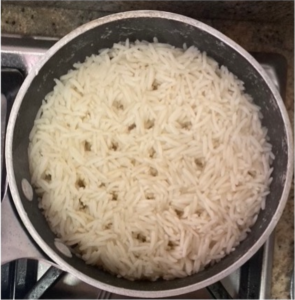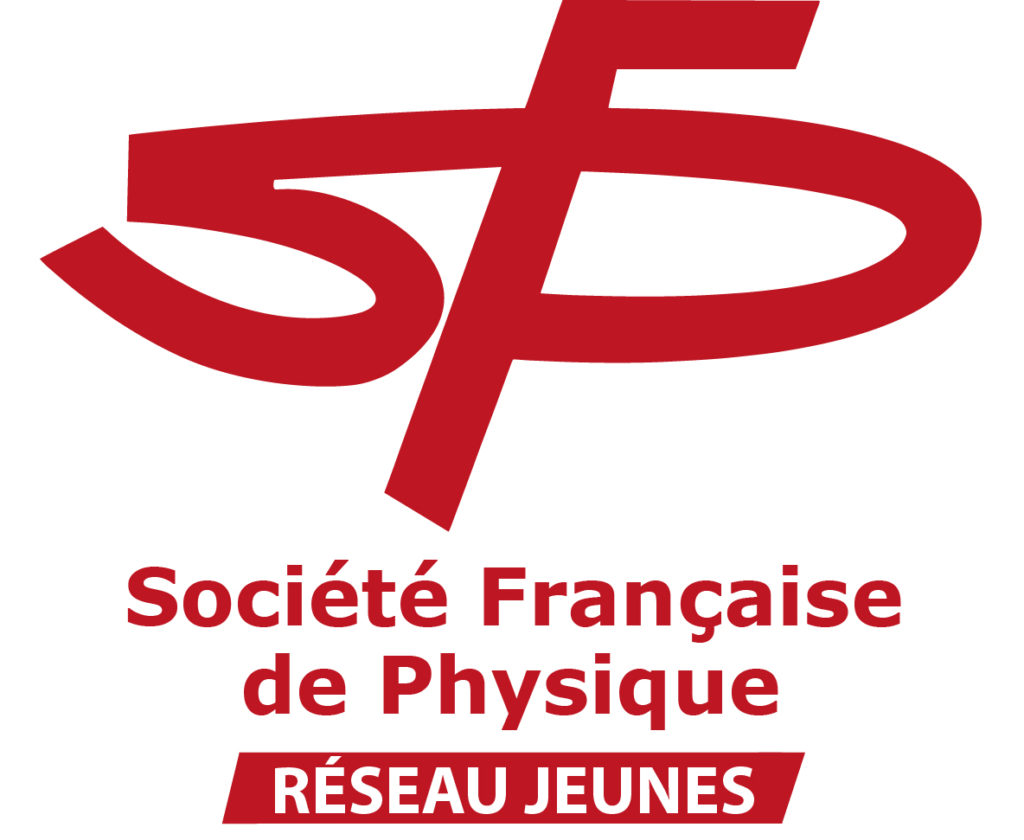Une version pdf des problèmes est disponible ici:
Pour toute question ou éclaircissement à propos de ces sujets, n’hésitez pas à nous contacter.
1. String Telephone
Build a string telephone without any electronics and analyze the transmission properties (e.g. bandwidth, signal to noise ratio, etc.) of the device. Maximize the distance over which this device allows you to speak. Can you modify the device to make a group call?
2. The Life of Bear Foam
Investigate the dynamics of beer foam (or the foam of any equivalent non-alcoholic drink) after pouring. Study and characterize the relevant parameters of the foam evolution. Maximize the lifetime of the foam per unit volume of beer.
5. Electrostatic Cyclotron
Using a DC voltage source, and a plastic ball covered in aluminum foil, build the setup as in the video. Determine under which conditions the setup can work and maximize the ball’s speed.
https://www.youtube.com/shorts/t6uECHfaxgs
9. Water “Laser”
A shallow water tank mechanically excited by a motor features some of the basic ingredients of a laser (i.e. a cavity and an amplifier). To what extent can this simple analogy capture more complex aspects of laser physics, such as spontaneous and stimulated emission, population inversion, Q switching and others?
10. Dancing Soapy Vortices
When exposed to sound, a soap film shows beautiful dancing color patterns. Under certain conditions, vortices appear on the film surface. Investigate the phenomena. What are the best conditions for them to appear (e.g. sound frequency, incident angle of the sound waves, size of the film, etc.)?
https://www.youtube.com/shorts/ j9Y3ansvt0U
11. Cosmic Skyscraper Tomography
Radiography is an imaging technique that uses X-rays, gamma rays, or similar ionizing radiation and non-ionizing radiation to view the shape of an object. There also exist many methods of using cosmic rays in tomography of terrestrial objects, such as muography. Develop a similar method that will allow you to determine how many floors are above you in the building where you place the experiment. How does the accuracy of your method depend on the relevant parameters?
12. Kinetic Voltmeter
A DIY method of testing the charge of a battery is to drop it on a hard surface and observe whether it bounces. Explain the phenomenon and find other non-invasive mechanical methods to estimate the remaining charge. Optimize the accuracy of your method.
https://www.youtube.com/watch?v=suH32X91sQE
13. Rice Holes
If you cook rice without ever stirring it, you will find out that your well-cooked and tasty rice shows a pattern of holes like the one in the picture. Can you suggest a physical explanation for the phenomenon? Identify the relevant parameters.

15. Singing Water
Several cultures use water as a musical instrument, creating a variety of sounds depending on how the surface of the water is stroked. Explain how the sound is formed and investigate how the properties of the sound depend on the stroke technique.
16. Singing Flame
It is now well known that flames can travel. However, did you know that they can sing too? They will emit sound if an alternating electrical current passes through them. Explain this phenomenon and identify the relevant parameters. Find a way to record sounds with the flame. Characterize the spectral response function of your device and optimize it to have the highest sound fidelity.
https://www.youtube.com/watch?v=2ZJ8SF3BnNw
17. Crazy Cylinder
Fill the space between two parallel panels with liquid, then attach two threads to the ends of a heavy circular cylinder and submerge it into the liquid. The cylinder diameter should be slightly smaller than the inter-panel distance. Next, pull the cylinder up, and under some circumstances the cylinder will begin to hit the walls periodically. Explain this phenomenon. Identify the conditions for the oscillations to occur. What is the oscillation frequency and how does it depend on relevant parameters? What changes if the liquid is non-Newtonian?

